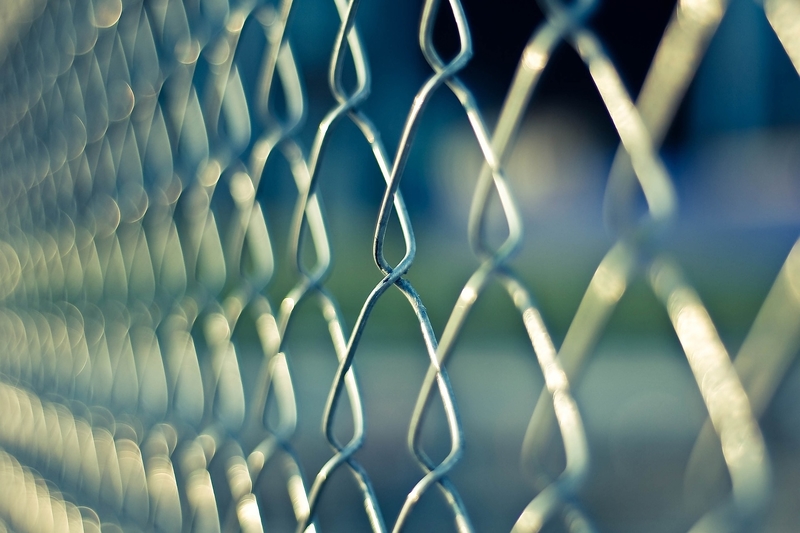
According to a recent report, Hong Kong prisons are testing a variety of high-tech services that will allow correctional facilities to better track inmates.
The city’s Commissioner of Correctional Services claimed that the new services will be used to monitor for abnormal behaviour among the incarcerated, prevent self-harm, and operate the prisons more efficiently.
It was also noted that The Correctional Services Department of Hong Kong strives to enhance the efficiency of custodial operations and security of correctional institutions through the application of innovation and technology, while protecting the safety of officers and persons in custody, according to a report.
The “smart prison” initiative includes strapping inmates with fitness tracker-style wristbands that monitor location and activity, including heart rate. Some facilities will also start to use video surveillance systems that can identify any unusual behaviour, fights and attempts to inflict harm on one’s self.
Another report notes that the wristband, which will be tested at the Lo Wu Correctional Institution, would help officers to prevent suicides.
The number of self-harm cases dropped from 99 in 2017 to 48 last year, the commissioner said two inmates committed suicide in 2018.
Correctional institutions had an average daily population of 8,303 last year, down from 8,529 in 2017.
The wristband, which is similar to fitness products sold on the market, will allow officers to monitor an inmate’s heart rate and whereabouts in real time, the report notes.
If the pulse is irregular, the staff will be alerted. The alarm will also be triggered if an inmate tries to remove the wristband, the alarm will also be triggered.
In addition, the department is also testing a video surveillance system that can detect abnormal behaviour, such as self-harming acts, fighting and if an inmate has collapsed.
The system is being tested at four dormitories at Pik Uk Prison in the New Territories. According to Senior Superintendent, 12 security cameras are installed in a dormitory, including two in the toilet.
Should a prisoner act abnormally, an alarm will sound in the monitoring station, prompting officers to check the dormitory.
Correctional Services is also testing robots that will be used to search for drugs in faecal matter. The robots reportedly cost about US$125,000.
According to another report, convicts frequently overdose from drugs smuggled in, get into brutal brawls and feuds, and even commit suicide. Thus, the measures aim to ensure inmate safety and increase efficiency.
However, these new technological measures have garnered criticism, with reports noting that while the programs are being positioned as an attempt to keep inmates safe, the new smart programs likely feel invasive for the incarcerated who are being subject to them.
It was noted that the video surveillance system includes placing cameras in bathrooms, and the tracking wristbands place inmates under permanent watch of guards even when they aren’t in front of a camera.
However, overall, the Government appears to expect great results from the technology. The hi-tech new gear and software will make guards’ jobs more pleasant and help keep prisoners safe from each other and themselves.
Another report noted that the “Smart Prison” concept was first raised by the city’s Chief Executive in her Policy Address in October 2018.
In the Policy address the CE noted that to cope with the rising challenges on law enforcement brought about by technological development, the Government would adopt a four-pronged strategy covering “application”, “research and development”, “analysis” and “fortification” of I&T to enhance the capabilities of law enforcement agencies.
“Application” includes developing smart prisons, smart customs clearance and law enforcement, as well as using technology to enhance services of the Immigration Department.
“Research and development” and “analysis” include strengthening R&D on technologies for government security, combating crimes and enhancing the analytical capabilities for digital and forensic evidence.
“Fortification” includes fortifying cybersecurity and using big data analysis to enhance fire safety strategies.
















